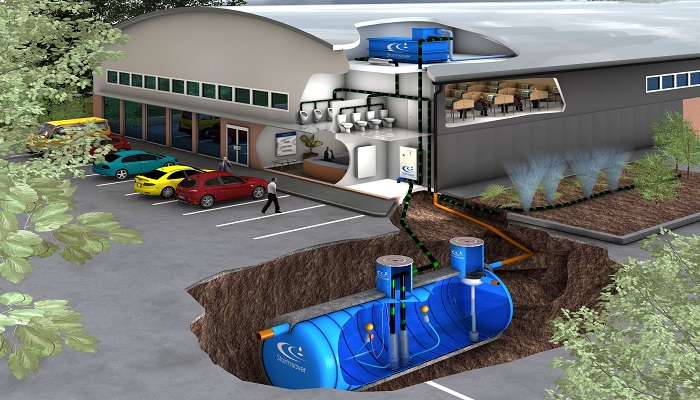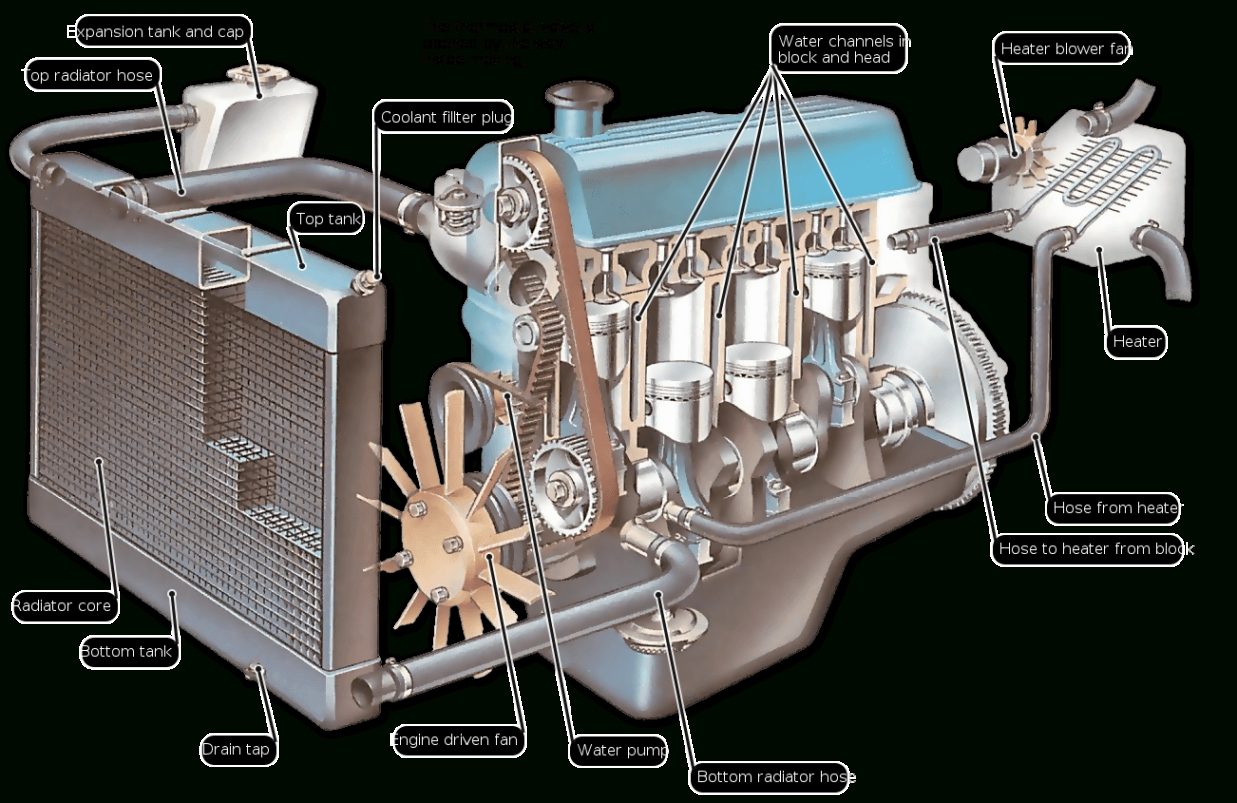Rainwater harvesting might be new to the Western world, but this method, which is still in use in many parts of Africa and India has been used by many cultures in antiquity. As interest in reducing the consumption of treated water grows, this ancient technique may yet enjoy a resurgence in popularity. Rainwater is soft and relatively pure; it is sodium-free and has almost neutral pH. This innate quality of rainwater coupled with the current interest in water conservation, is causing many communities around the world to take a second look at it.
Rainwater harvesting, in its essence, is the collection, conveyance, and storage of rainwater. The scope, technique, system complexity, and end uses vary from rain barrels for garden irrigation in urban areas, to large-scale collection of rainwater for all domestic uses. Fundamentally, it is quite simple: raindrops fall on a roof, and then travel down through a gutter to a storage tank. Before it can be used for drinking, the collected water is then treated by a relatively simple process with equipment that occupies only about eight cubic feet of space.
On the other hand, in a centralized water treatment and storage system, water travels for miles to a reservoir and, while in residence, can come in contact with foreign materials such as organic compounds, petroleum products and pharmaceutical wastes. The job of a water treatment plant is to remove harmful contaminants; unfortunately, when chlorine is used for disinfection, it also degrades into disinfection byproducts, such as trihalomethanes, which may pose a serious health risk. This scenario does not exist in rainwater harvesting, as the process is local. That is, the end use of harvested water is located close to the source, eliminating the need for complex and costly distribution systems.
Ancient Heritage of Rainwater Harvesting
Archeological evidence confirms that the capture of rainwater dates as far back as 4,000 years in the area of present day Israel. In this area, archeologists have found ruins of cisterns, built for storing runoff from the hillsides for domestic and farming purposes around 2000 B.C.. They have also found evidence suggesting that a technique of rainwater harvesting in China existed as far back as 6,000 years ago.
The Many Advantages and Benefits of Harvesting Rainwater
Advantages and benefits of rainwater harvesting are numerous. Rainwater is one of the few items in developed societies that is free; the only part that involves any expense is storage. The natural synergy in the capture, storage and use of this free resource at the place it occurs, excludes the expense involved in centralized treatment, distribution infrastructure and storage structures.
Rainwater has zero hardness, and hence does not have corrosive and scaling effects on water pipes and household appliances; it also eliminates the need for a water softener and the salts added during the softening process.
In urban areas, rainwater harvesting can reduce the volume of storm water, thereby lessening the impact on erosion and decreasing the load on storm sewers. Decreasing storm water volume also helps keep potential storm water pollutants, such as pesticides, fertilizers, and petroleum products, out of rivers and groundwater.
Responsibility of Rainwater Harvesting
Along with the independence of rainwater harvesting systems comes the inherent responsibility of operation and maintenance. For all systems, this responsibility includes purging the first flush system, regularly cleaning roof washers and tanks, maintaining pumps, and filtering water.
For rainwater used for drinking, the responsibilities should include all of the aforementioned processes and some more. The owner must remember to replace cartridge filters and maintain disinfection equipment on schedule. Also they should arrange to have the water tested, and monitor tank levels. Rainwater used for drinking should be tested, at a minimum, for disease-causing agents.









